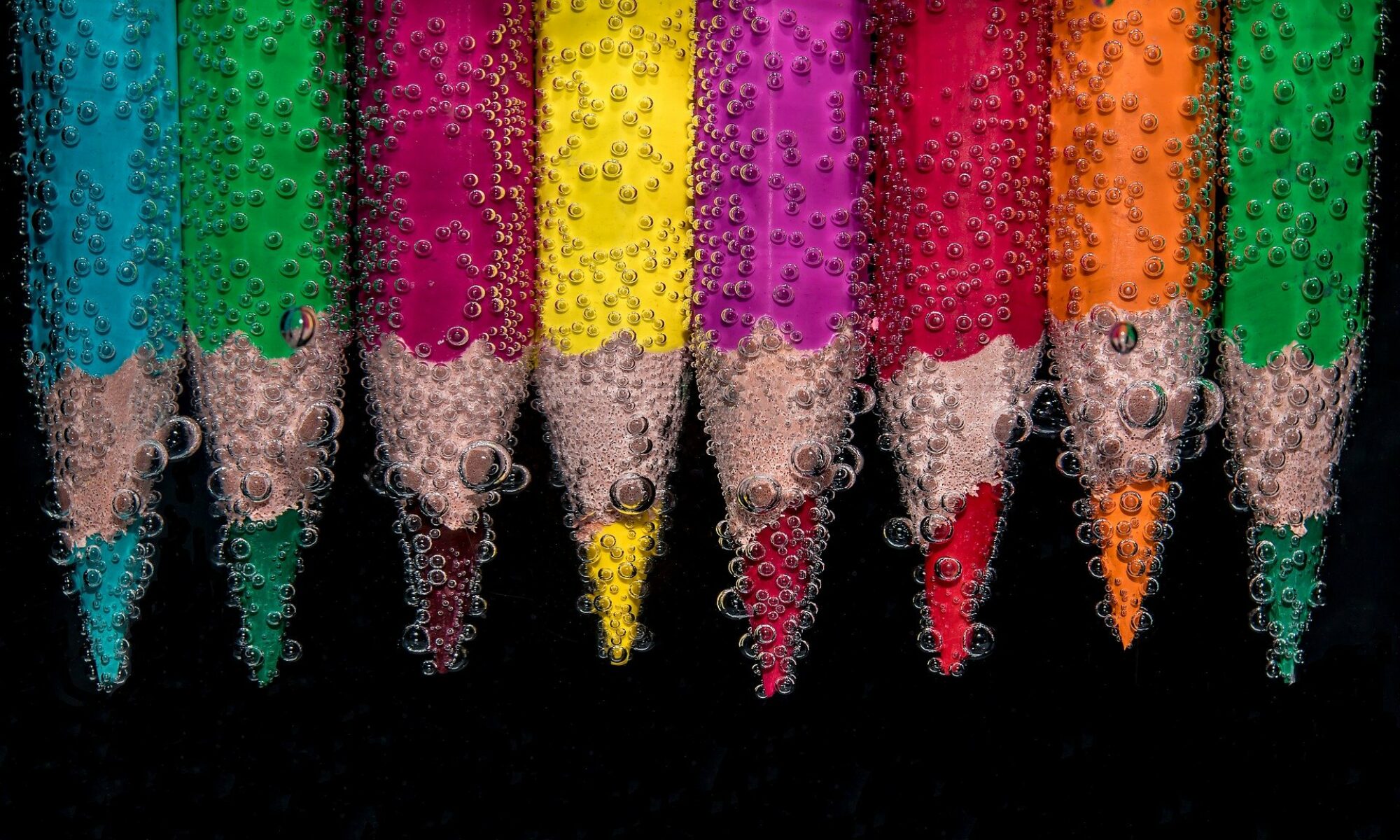I would like to introduce you to another systematic classification possibility. It comes from the designer and design theorist Gernot Fenninger. He calls his classification, published in 2000 in the magazine “artchandise”, “Ideenwertcharakter “208 It focuses on the moment of “value creation” – and thus takes up an aspect that we have so far ignored. A distinction is made here between the value of the idea and the value of the execution. Artefacts can be divided into four levels: “art”, “art with design character”, “design with art character” and “design”. What a designer has done is either design or design with art character. What an artist has done is either art or art with design character.

Fenninger assumes that in the case of some artefacts the “value” has already been created entirely with the idea – and that in this case detailed execution is more or less secondary. The other case is that the value arises with the detailed execution – that is, the fact that an object looks exactly the same and not different. The underlying idea is in this case more or less worthless without execution. Depending on how high the percentage of the idea or the percentage of the execution is estimated in relation to the “value” of the artifact, the evaluation results.209 In order to understand the whole thing, we need to look at what such a classification can look like.
Let us first take the club chair by Gerald Summer. He had the idea of designing an armchair from a single piece of plywood. The idea itself was clever, because it was supposed to be suitable for use in the tropics, “where metal hinges would have suffered from dampness “210 . If someone had “stolen” this idea from him, it would not necessarily have resulted in another first-class result. It was only in the finish, through the sweeping, flowing lines of the club chair, which look exactly the same and no different, that it received its value.
Another example: with typefaces, the value of the idea is often low. With the idea of designing a new serif typeface, no great value has yet been created. It only comes about when the designer achieves a first-class result in the execution.
An advertisement that advertises sushi with an empty goldfish bowl is the exact opposite. The idea says it all: Nobody needs to see this goldfish bowl to see the value of the ad. The value lies here in the idea. Clearly, ideas that only exist in pure thought form are “worthless”. But the crux of the matter is: In contrast to club chairs and serif type, no further design process was used here during the implementation.
In all three examples the proportions of idea and execution are quite unbalanced: one part clearly predominates in each case. The division according to Fenninger says that both are therefore clearly design. The situation is different if the proportions are evenly distributed:
This is the case, for example, with Ettore Sottsass’ shelf object “Carlton”: it is no longer possible to differentiate exactly whether it was the idea of designing a shelf made of colorful surfaces and geometric shapes that makes up the value of this artifact. Or whether the value lies in the fact that all the individual elements look and are arranged exactly the same and not differently.
The closer the idea and the execution are to each other, the more difficult it becomes – according to the “idea value character” model – to distinguish between art and design. This is why Fenninger calls Sottsass’ shelf object “design with art character”.
Art can be judged in the same way:
The idea of painting a portrait is not particularly innovative. With Mona Lisa it may be the detailed execution, with Ernst Ludwig Kirchner’s “Fränzi in front of a carved chair” it may be the skilful use of characteristic colours – in both cases the real value came with the execution.
In Marcel Duchamp’s “Fountain” it was pure thought that counted. Whether the urinal elevated to a work of art would have looked like this or differently: the effect (or appreciation) would have been the same in any case. There was no design process whatsoever in the “execution”.
So all three are clearly art.
Only when idea and execution are of equal importance does the matter look different: This brings us back to a work of art by Erwin Wurm, e.g. the “Fat Convertible” from 2005. Here idea and execution go hand in hand.
To summarize the whole thing again: “The judgement ‘art’ is given to works by artists in which the value of the artifact either results mainly from the idea or was created mainly with the execution.
The judgement ‘art with design character’ is given to works by artists where the idea and the execution together have led to the value of the artifact.
The judgement ‘Design with Art Character’ is given to works by designers where the idea and execution together have led to the value of the artifact.
The ‘Design’ judgement is given to works by designers in which the value of the artifact either results mainly from the idea or is created mainly by the execution. “211
In fact, when evaluating various artefacts according to Gernot Fenninger’s model, it turns out that the moment when opinions diverge is often aptly identified.
Nevertheless, the search for an answer cannot be conclusively concluded to this day. As long as art and design are not given a generally valid definition (which will be difficult, at least in the case of art …), I believe that this will be difficult to change. With this, I would like to end my excursion into art and design and leave it to you to arrive at well-founded points of view through argumentation.
